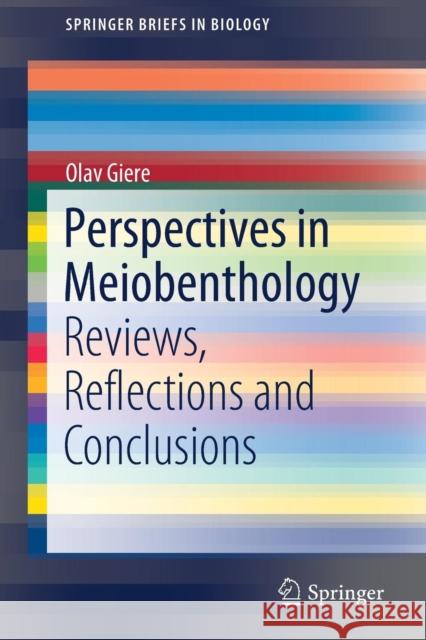Perspectives in Meiobenthology: Reviews, Reflections and Conclusions » książka
topmenu
Perspectives in Meiobenthology: Reviews, Reflections and Conclusions
ISBN-13: 9783030139650 / Angielski / Miękka / 2019 / 80 str.
Kategorie:
Kategorie BISAC:
Wydawca:
Springer
Seria wydawnicza:
Język:
Angielski
ISBN-13:
9783030139650
Rok wydania:
2019
Wydanie:
2019
Ilość stron:
80
Waga:
0.14 kg
Wymiary:
23.39 x 15.6 x 0.48
Oprawa:
Miękka
Wolumenów:
01
Dodatkowe informacje:
Wydanie ilustrowane











